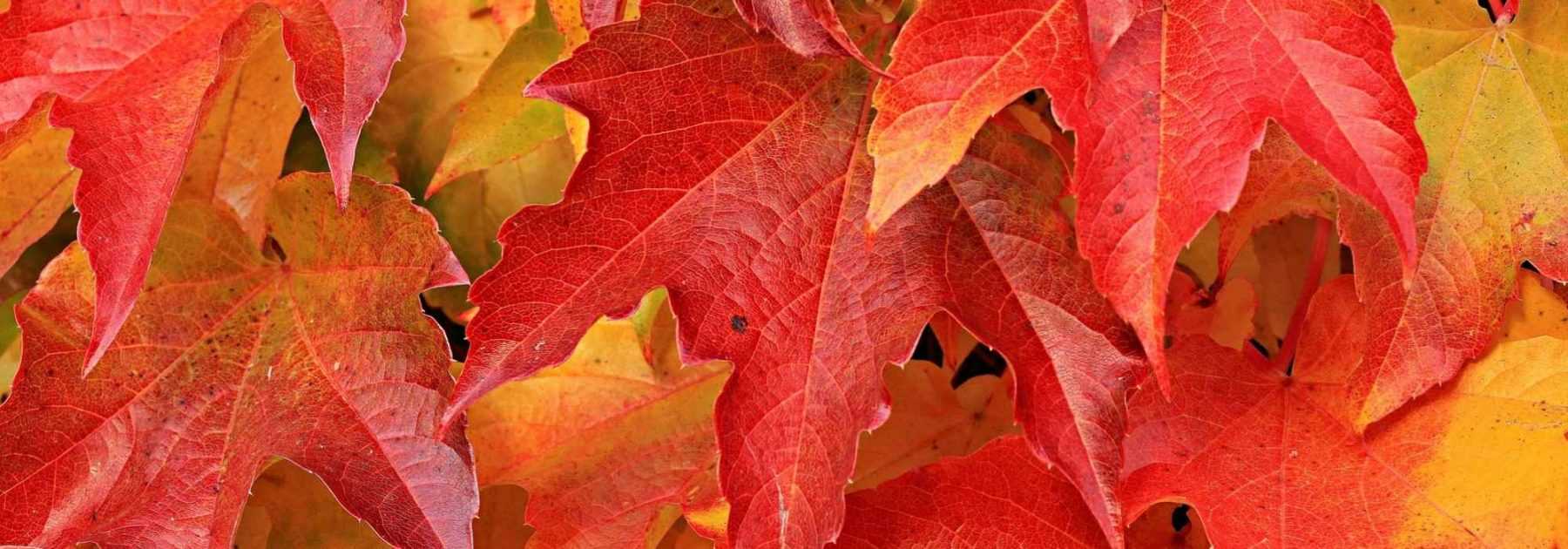
Virginia Creeper: Planting, Care, Pruning
Contents
Virginia creeper in a nutshell
- Virginia creeper is the ideal climbing plant to quickly cover a wall, pergola, façade or tree
- Its deciduous foliage, more or less divided depending on the variety, turns to beautiful fiery colours in autumn
- Depending on the species, the fruiting in small blue-black inedible berries is remarkable
- It thrives in all exposures and grows in any ordinary, well-drained soil
- Perfectly hardy, this is an easy-going climbing plant that requires very little maintenance, ornamental yet also highly useful in all regions
Our expert's word
The Virginia creeper or ornamental vine is a climbing plant prized for its very rapid growth and its ability to cover walls, climb pergolas, or trellises or any support provided without risk of damage!
The only drawback is that Virginia creeper has deciduous foliage, not evergreen, which disappears in winter, but not without first taking a bow in a flamboyant fireworks display literally setting façades or trellises ablaze!
Yet so common, Virginia creeper never fails to surprise with its spectacular foliage that changes with the seasons, adorned with superb hues ranging from green to fiery red and orange in autumn.
But that’s not its only asset! Depending on the variety, it produces small blue-black inedible fruits that are very decorative and perfectly in harmony with the foliage.
Blue-fruited Virginia creeper or small-leaved Virginia creeper like Parthenocissus tricuspidata ‘Lowii’, all are hardy, easy to grow, disease-resistant, happy in sun or shade, and require very little maintenance, apart from occasional pruning to stop them climbing!
From Virginia creeper cuttings to planting tips, discover our complete guide to this exuberant yet essential climbing plant that’s both so beautiful and so useful in the garden!
Want to cover an unsightly wall? Consider our different ornamental vines!
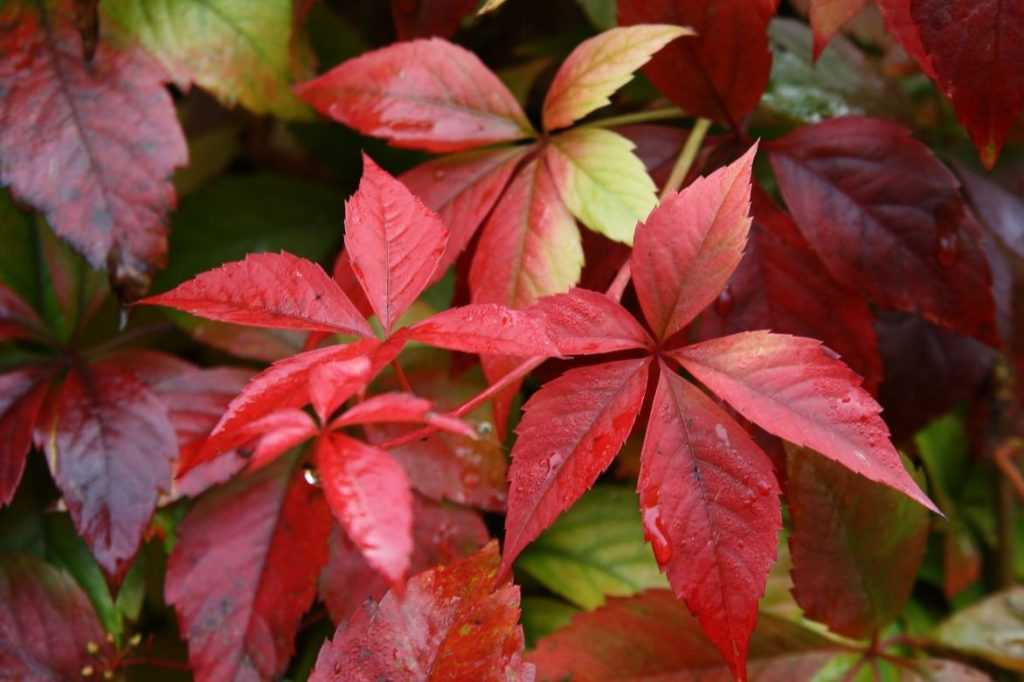
Parthenocissus quinquefolia showing its beautiful autumn colours
Description and botany
Botanical data
- Latin name Parthenocissus, Ampelopsis, Vitis
- Family Vitaceae
- Common name Virginia creeper
- Flowering June to August
- Height 2 to 20 m
- Sun exposure sun, partial shade
- Soil type all types, well-drained
- Hardiness -15°C to -30°C
The Virginia creeper belongs to the Vitaceae family, just like the grapevine. The genus includes around forty species of Asian or North American lianas. Most commonly found in our gardens are the Parthenocissus Virginia creepers (P. quinquefolia, P. tricuspidata, Parthenocissus henryana or “Henry’s Virginia creeper” with variegated foliage and their cultivars), non-fruit-bearing species that have naturalized in many countries, including France.
Under this name, you can also find other climbing plants such as Ampelopsis, very similar to Parthenocissus, like A. glandulosa. There is also Vitis coignetiae or “Coignet’s grape” and Vitis vinifera, two less common ornamental vines.
Ampelopsis are voluble, twining around any support, but most, like Parthenocissus, cling very easily, much like ivy, without the risk of damaging surfaces as ivy does, using adhesive or non-adhesive suckers located at the end of tendrils.
With very vigorous growth, the plant develops quickly and can live for many years in the garden. It has an erect to spreading habit. These vigorous woody climbing stems can reach up to 20 m in height with a similar spread, depending on growing conditions, usually without assistance.
The ornamental vine is prized for its highly decorative foliage, offering beautiful spring and autumn colours, enhanced by a glossy texture.
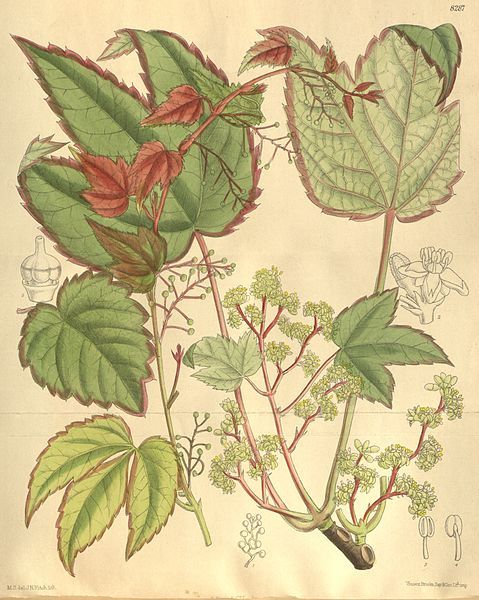
Parthenocissus tricuspidata – botanical illustration
The deciduous foliage varies in shape from one species to another. The alternate, petiolate leaves, 5 to 40 cm wide, are composed of 3 to 7 palmate leaflets with strong serrations in P. quinquefolia, more or less trilobed and dentate in P. tricuspidata, or sometimes heart-shaped.
Beautiful and finely cut, they resemble those of the grapevine.
They are lustrous, crinkled, or distinguished by a lovely silvery down. Throughout the seasons, from bud burst until leaf fall, the foliage changes, adorned with fiery colours. From bright green to apple green or purple at their emergence, the leaves later turn to coppery orange or deep purple-red or scarlet in autumn, offering an unforgettable fireworks display before falling.
Some Virginia creepers, like Ampelopsis glandulosa ‘Elegans’, charm with their foliage delicately marbled in pink and white, or, like Parthenocissus henryana, feature leaflets with contrasting veins.
So discreet that it earned the plant its name “Virginia creeper,” flowering occurs from June to August, in the form of small, inconspicuous flower clusters nestled in the foliage. They have 4 to 5 greenish, thick petals. Though not fragrant, this flowering is highly melliferous and loved by bees.
In September-October, these insignificant corymb inflorescences give way, in some species like Ampelopsis, to a beautiful fruiting of slightly pruinose berries, deep blue, violet-purple, red-purple, sometimes turquoise at ripeness, 4 to 8 mm in diameter. Gathered in small clusters, these colourful beads catch the eye, resembling tiny porcelain pearls set against a backdrop of finely cut leaves.
The Virginia creeper does not produce fruit, and unlike the grapevine, its berries are not edible for humans but highly appreciated by birds in autumn.


Some Virginia creeper foliage: Parthenocissus tricuspidata ‘Lowii’, Parthenocissus quinquefolia, Ampelopsis glandulosa ‘Elegans’ and Vitis vinifera ‘Purpurea’
Perfectly hardy, sometimes well beyond -15°C, undemanding, the Virginia creeper is very accommodating regarding soil and exposure. It thrives in the sun, where its colours will be enhanced, and in ordinary soil, not too dry to moist but well-drained, neutral or slightly alkaline.
The Virginia creeper is a very “clingy” climber as it easily attaches to any support. Let it climb a façade, a large tree or bush, against an old wall at the back of a border. It is ideal for quickly covering fences, arbours, and pergolas, to which it will cling with its tendrils.
The foliage of Virginia creepers often shelters a varied fauna of insects or small birds that nest there.
Main species and varieties
Ornamental vines or Virginia creepers include a series of climbing plants with deciduous foliage, the most common in our gardens being the Parthenocissus, particularly Parthenocissus quinquefolia, P. tricuspidata and henryana, and the Ampelopsis, which produce small decorative berries with astonishing colours. They are distinguished from true vines of the genus Vitis, the latter being cultivated for grapes.
More rarely, other ornamental vines such as Vitis coignetiae can also be found.
All cling easily to walls thanks to their tendrils and have large leaves that take on beautiful fiery colours in autumn.
The choice of a Virginia creeper depends mainly on the colour of the foliage, its variable hardiness depending on the species, and its covering capacity at ripeness.
The most popular
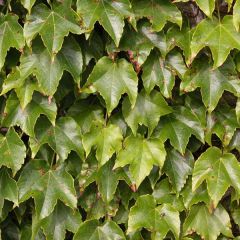
Parthenocissus tricuspidata Veitchii - Boston Ivy
- Flowering time August, September
- Height at maturity 10 m
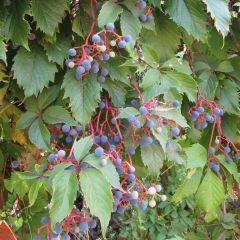
Parthenocissus quinquefolia- Virginia Creeper
- Flowering time July, August
- Height at maturity 15 m
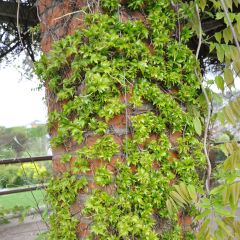
Parthenocissus tricuspidata Lowii- Boston Ivy
- Flowering time August, September
- Height at maturity 4,50 m
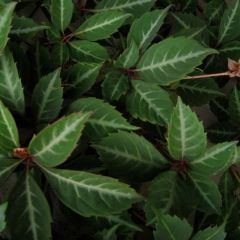
Parthenocissus henryana
- Flowering time August, September
- Height at maturity 7 m
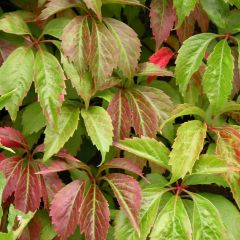
Parthenocissus quinquefolia Engelmannii - Virginia Creeper
- Flowering time August, September
- Height at maturity 12 m
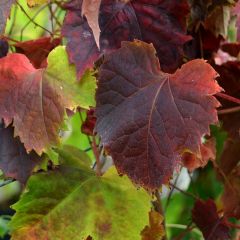
Parthenocissus tricuspidata Atropurpurea- Boston Ivy
- Flowering time August, September
- Height at maturity 15 m
Our favourites
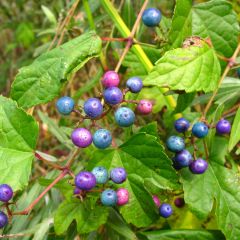
Ampelopsis glandulosa var. maximowiczii
- Flowering time July to September
- Height at maturity 4 m
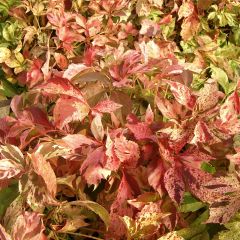
Parthenocissus quinquefolia Star Shower- Virginia Creeper
- Flowering time August, September
- Height at maturity 10 m
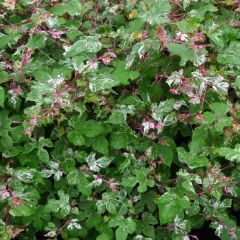
Ampelopsis glandulosa Elegans
- Flowering time July to September
- Height at maturity 4 m
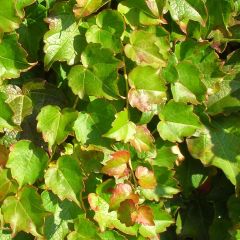
Parthenocissus tricuspidata Minutifolia- Boston Ivy
- Flowering time August, September
- Height at maturity 3,50 m
Another interesting species
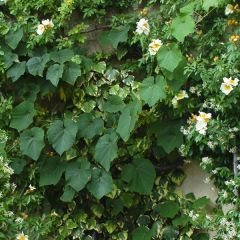
Vitis coignetiae - Ornamental Vine
- Flowering time July
- Height at maturity 12 m
Discover other Parthenocissus - Virginia Creeper
View all →Available in 2 sizes
Available in 1 sizes
Available in 1 sizes
Available in 2 sizes
Available in 1 sizes
Available in 2 sizes
Available in 1 sizes
Available in 1 sizes
Available in 2 sizes
Available in 2 sizes
Planting
Where to plant Virginia creeper?
Hardy and highly resilient, Virginia creeper can withstand frosts ranging from -15°C to sometimes -28°C, depending on the species, making it suitable for planting in all regions.
Undemanding when it comes to exposure, it thrives in non-scorching sunlight, which preserves the colour of its foliage, especially for variegated varieties, as well as in partial shade or even full shade.
While this climbing plant is adaptable to different soil types and does well in good garden soil that is neutral, it prefers clay-limestone soils, even stony ones, that are fertile and well-drained while retaining some moisture in summer.
Once established, it can tolerate temporary droughts.
Train young Ampelopsis plants until their tendrils can cling on their own.
Virginia creeper needs space and a suitably sized support to spread properly: its mature growth can cover 2 to 10 m². It’s perfect for covering vertical surfaces with unmatched lushness, as well as horizontal ones. And, unlike ivy, it doesn’t damage walls or roofs.
Depending on its mature size, it can be grown on a pergola, arbour, or trellis to shade a terrace, hide an unsightly wall or façade, climb up a tree, or cover low walls, columns or shaded slopes.
Some smaller varieties can even be grown in pots on a terrace.
As a bonus, it provides protection for homes against extreme heat and winter cold.
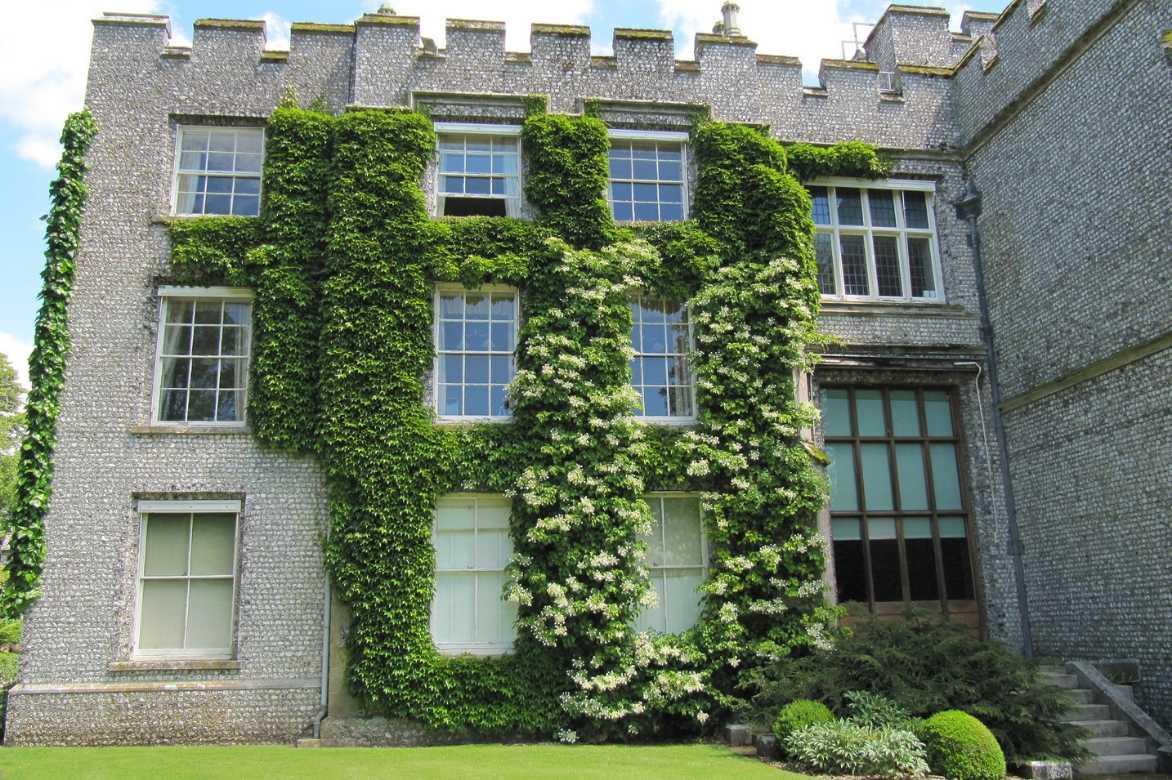

Combination of a Virginia creeper and a Hydrangea petiolaris (West Dean Gardens near Singleton, West Sussex – Photo Leonora Enking)
When to plant?
Virginia creeper can be planted in spring from March to April after the last frosts or preferably in autumn from September to November.
How to plant Virginia creeper?
In the ground
Virginia creepers climb between 3 and 20 m high depending on the species. Given the often extensive spread and rapid growth of this vigorous climber, one plant per m² is enough to cover an area within a few years.
- Soak the root ball in a bucket of water
- Loosen the soil well
- Dig a hole 2 to 3 times wider than the root ball
- Spread a layer of gravel at the bottom of the planting hole for good drainage
- Mix the excavated soil with a spadeful of compost or well-rotted manure
- Backfill
- Water generously during the first year after planting
- If needed, train the vines with tendrils onto the support; after a year or two they will cling on their own
In pots
- Hydrate the root ball by soaking the pot in a basin of water
- Place a drainage layer at the bottom of the container (clay pebbles, gravel, etc.)
- Plant in a mix of potting compost and garden soil
- Water
Maintenance, pruning and care
Good news: Virginia creeper grows without requiring much care! Moreover, it has no known parasitic issues or significant diseases. Ornamental vines are not very susceptible to mildew.
Water during the first summer to ensure proper growth, after which it will need no further attention.
As with many climbing plants, initially help its stems to start their ascent. Once well established, after one or two years, it will manage on its own.
Pruning Virginia creeper
This climbing plant grows very quickly and has the drawbacks of its virtues… It can quickly become very invasive, blocking gutters, lifting tiles or exceeding the boundaries of its allotted territory. It is considered invasive in some countries. The main maintenance task therefore involves pruning without restriction to control its spread. It may require two prunings per year, in winter and summer.
- Prune vigorously in February, cutting it back severely.
- A summer pruning can help remove dead or poorly oriented shoots if needed.
→ Learn more in our tutorial: When and how to prune Virginia creeper? and How to remove Virginia creeper from a façade?
Also discover diseases and parasitic issues of Virginia creeper in our advice sheet.
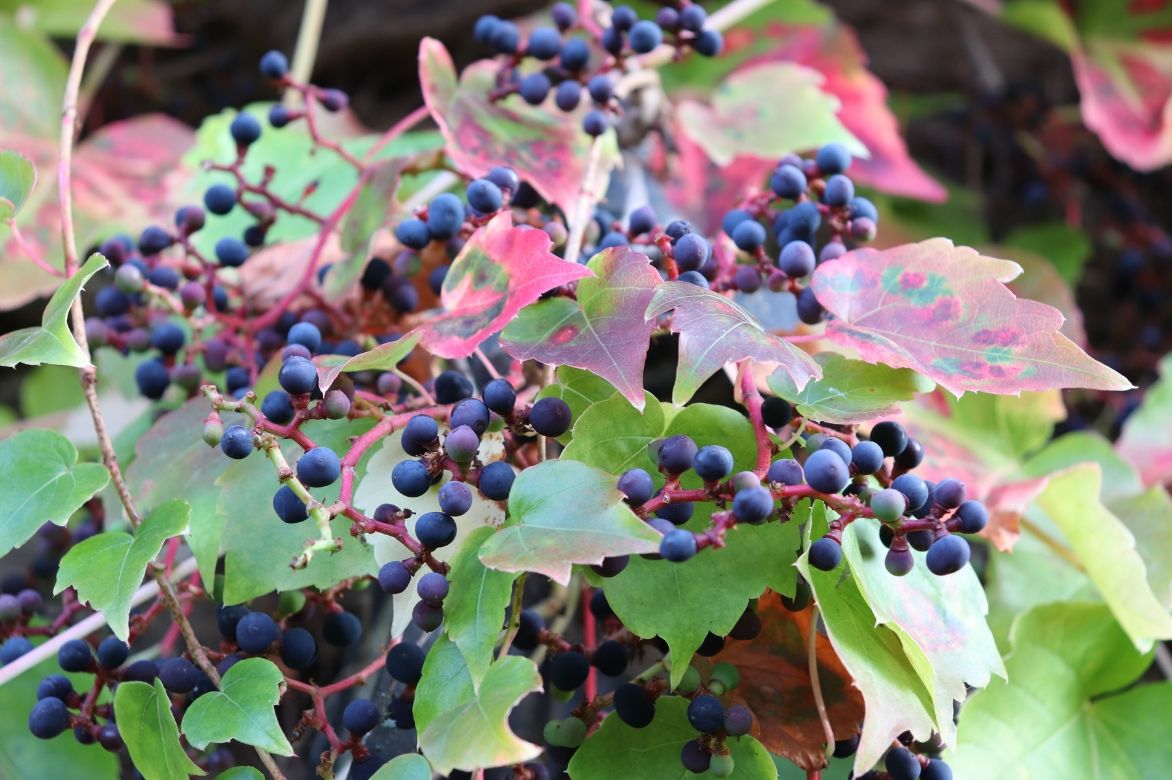
The fruiting (here Parthenocissus tricuspidata) is very decorative!
Propagation: cutting, layering
Taking Virginia creeper cuttings
This is the simplest method and least tedious way to propagate Virginia creeper. Proceed in June, August-September or late winter.
- Take 10-15cm cuttings with 3 or 4 buds
- Plant them in a light, well-draining sandy substrate, leaving one bud exposed
- Mist regularly with a spray bottle
- Transfer to buckets once roots have formed
- Overwinter in a frost-free location, under a cold frame if taking cuttings in autumn
- Plant out in the ground the following spring
Layering Virginia creeper
- In late autumn, bend one of the lower stems down towards the soil
- Dig a small 20cm furrow near the parent plant
- Bury a section with 3-4 buds to encourage rooting
- Stake the aerial portion then backfill the hole
- The following autumn, detach the layer from the parent plant by cutting the stem where it enters the soil.
→ Learn more in our tutorial How to propagate Virginia creeper?
Pairing Virginia creeper
While Virginia creeper often stands well on its own and isn’t the easiest to pair, it’s not opposed to mixing! It’s the perfect solution for dressing a garden wall! Pair it with summer-flowering climbers like clematis or passionflowers which will add whimsy and contrast.
The flowering of roses will also stand out beautifully against the changing hues of the Virginia creeper’s foliage.
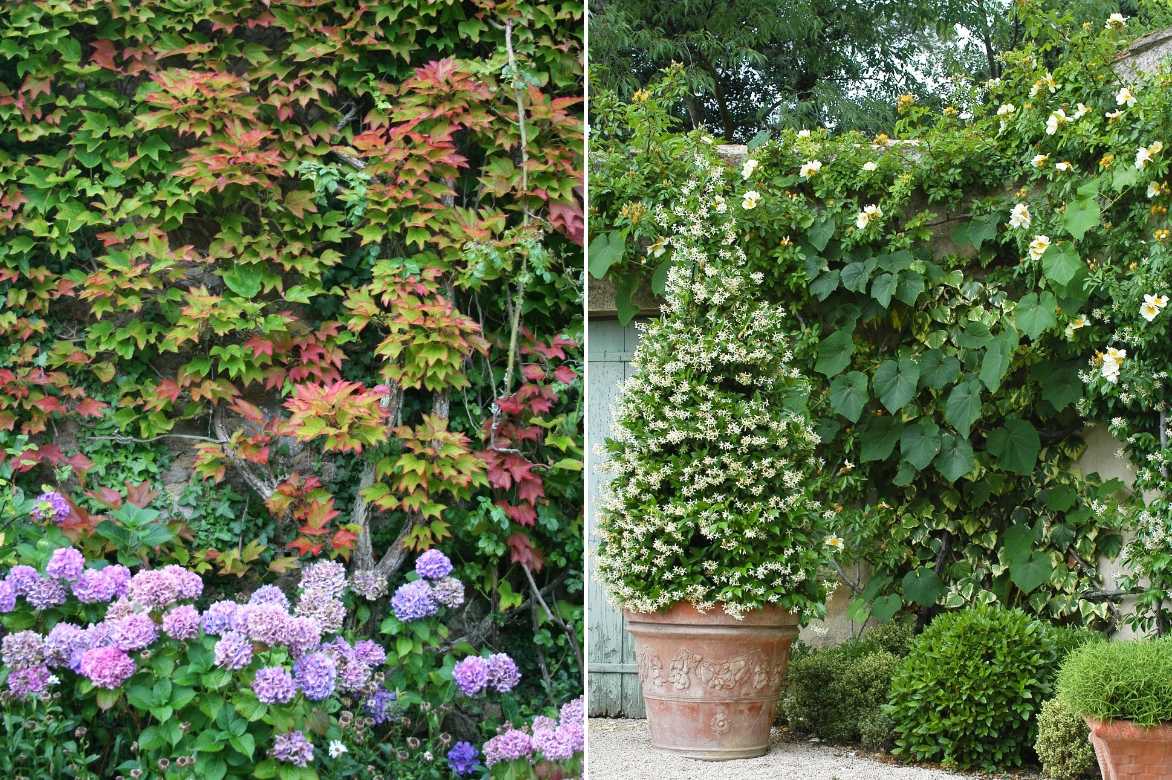

Virginia creeper on a wall, perfect for covering flaws alongside Hydrangeas / Vitis coignetiae, Ivy and ‘Mermaid’ climbing rose on the wall
This wonderful climbing plant creates striking colour contrasts with all its relatives, so mix ornamental vines together!
Their colours pair particularly well as a backdrop in a red and black garden with the purple or very dark green foliage of elders, beech or certain Cotinus.
Combine ivy with Virginia creeper – together they’ll work wonders at hiding flaws!
Useful resources
- Straight from the blog, discover the different ornamental vines
- Find our advice for growing Virginia creeper in pots.
- A garden wall: how to dress it up?
- Precious in the garden for dressing up unsightly walls, trellises or pergolas, discover all our climbing plants
- Discover how to choose the right Virginia creeper with Olivier’s advice
- Subscribe!
- Contents
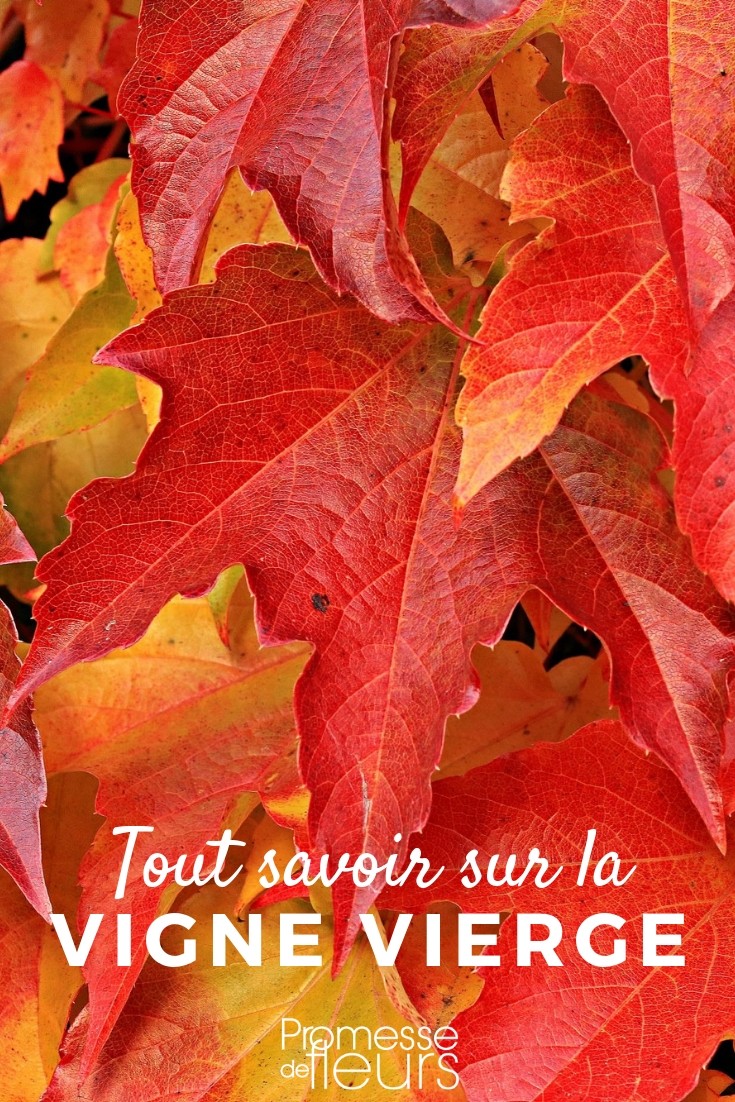



































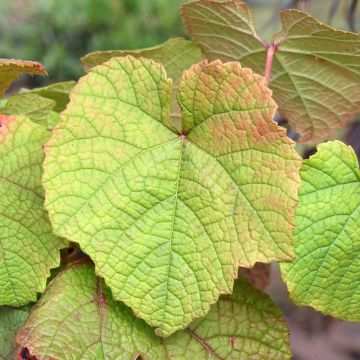
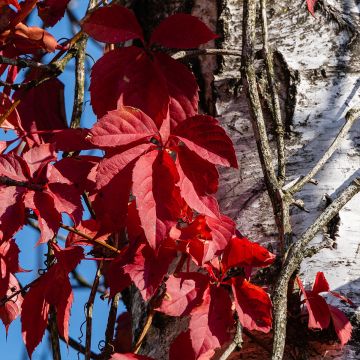


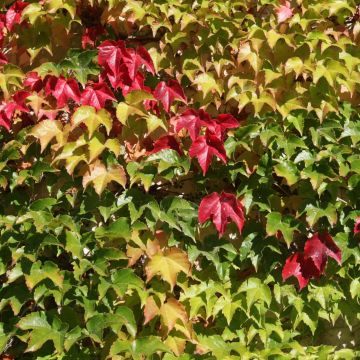

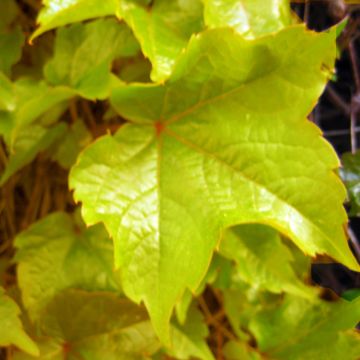

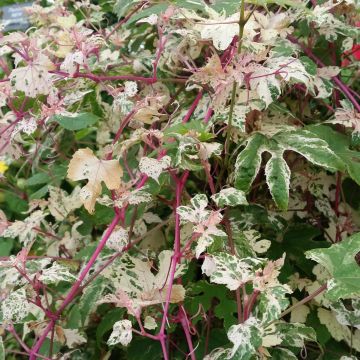
Comments